
18 Sales Best Practices From the Most Accomplished Sellers We Know
Get a refresher on the fundamentals top sales pros use to get results.

We’re building the largest and most successful community of sales professionals.

Get a refresher on the fundamentals top sales pros use to get results.

A year already? Time flies when you’re selling, growing, and learning — together. Thank you to our community for everything you’ve done to make Salesblazer such a success!

Discover the resources you need to grow your career.


Learn all about the world of compensation for sales teams — from comp plan creation to commission must-knows.

Discover how TTC informs an effective sales compensation strategy.
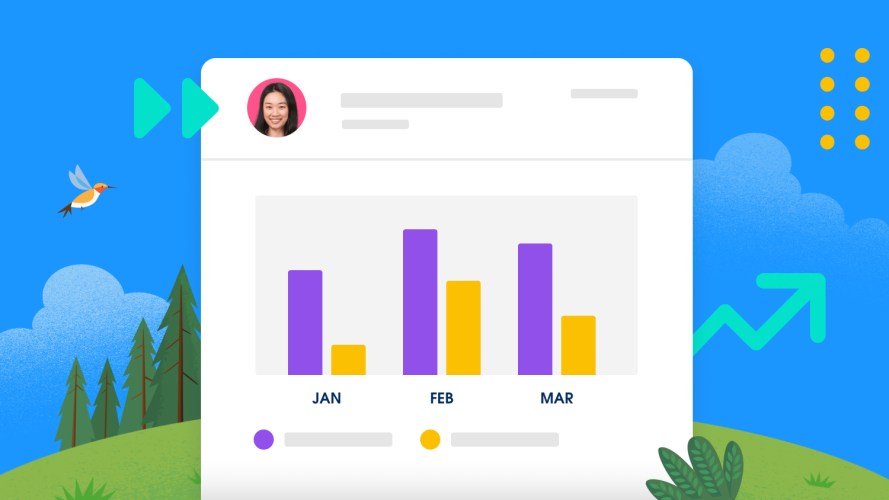
Learn why quota attainment is such an illuminating and instructive sales performance metric.
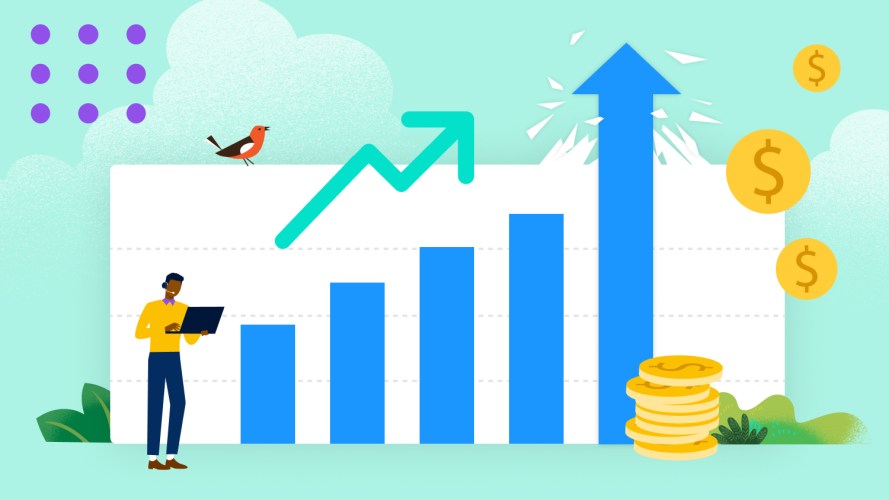
Discover the the benefits of uncapped commission — both for reps and sales orgs.
See how we do sales — from forecasting to enablement. Discover our exclusive insights on Salesforce Plus.
Improve your processes and streamline your sales with these expert-backed resources.

Get 5 scripts to overcome the most common concerns in sales and perfect your approach with a role-playing exercise.
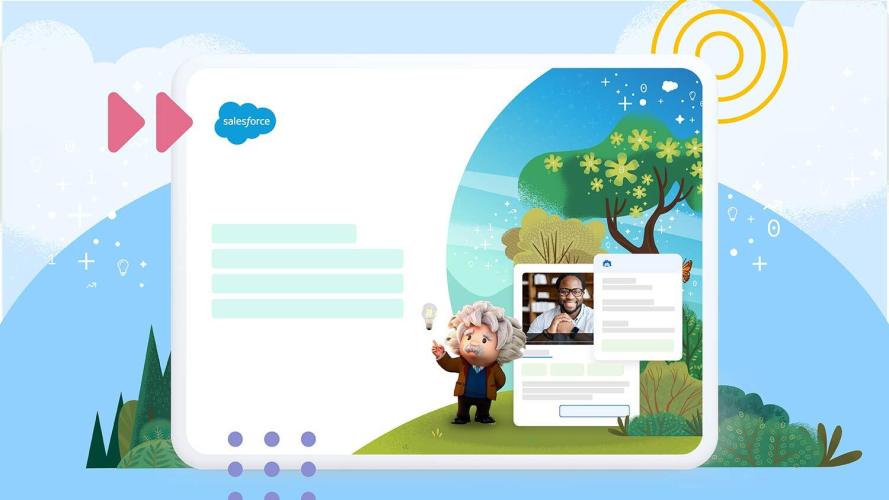
See real-life examples of how AI can make reps more productive throughout the sales cycle, and discover the steps you need to take to bring trusted AI into your company.
Follow guided learning paths and get hands-on learning to supercharge your sales career.

Discover the capabilities of generative AI and the technology that powers it.
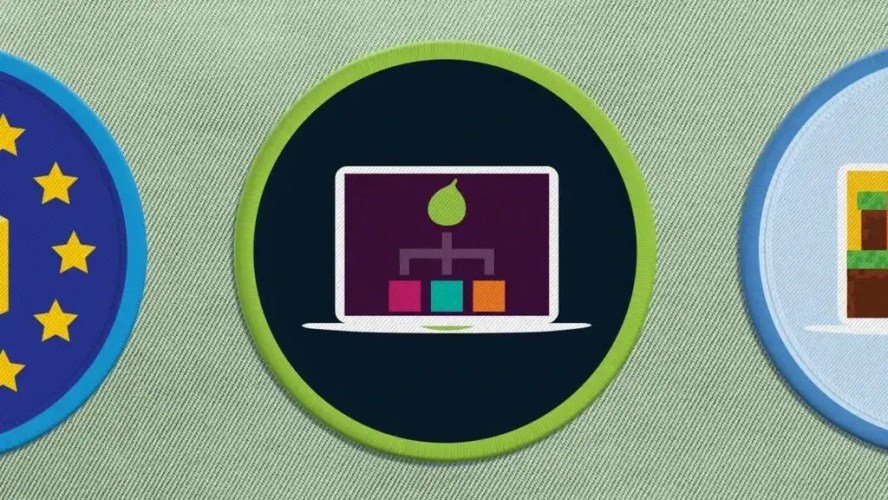
Learn how to manage and grow a healthy sales pipeline.
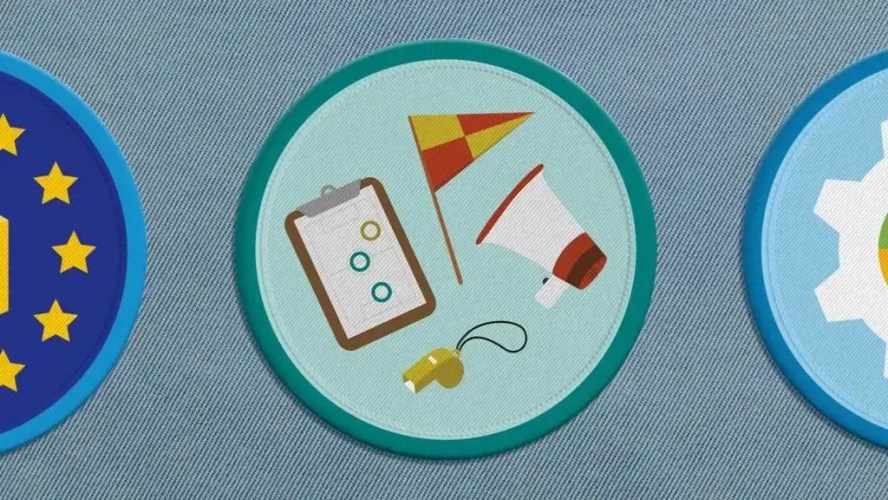
Focus on building trust and offering value to help facilitate the buying process.
Catch all the excitement and inspiration from our events, while upping your sales game along the way.

Connections, the event to activate data and define your AI moment returns to Chicago and Salesforce+. Sign up today and you’ll receive 50% off two passes – one for you and a friend.

Register to join our upcoming live webinars, or listen to on-demand webinars. You’ll find a wealth of knowledge and business insights to increase your sales and grow.